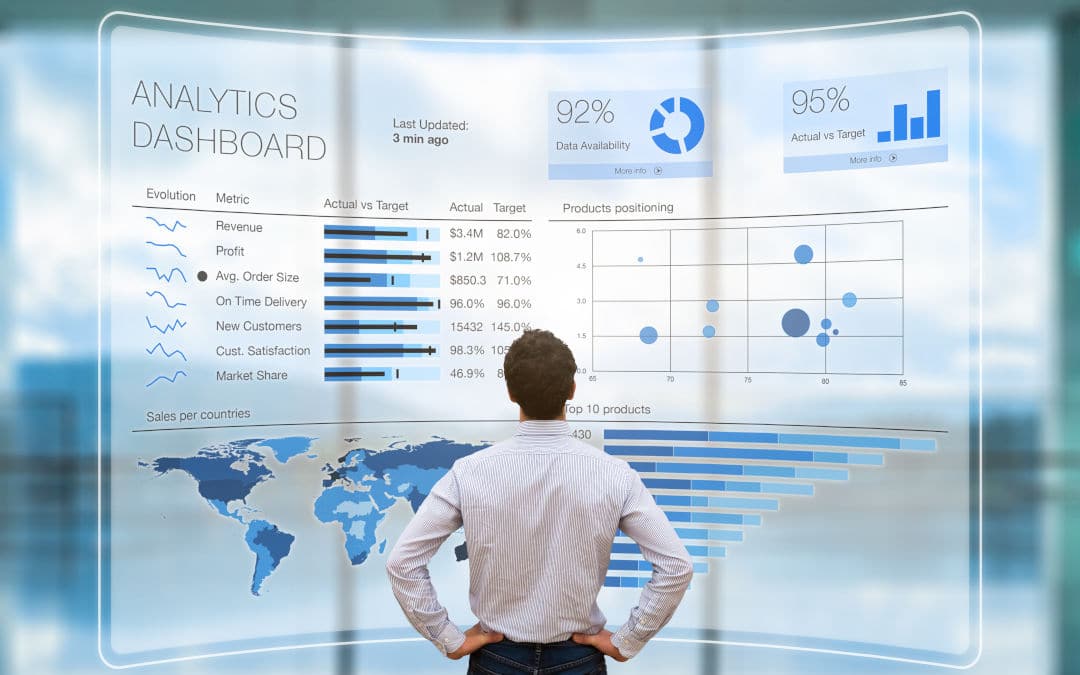Measuring your cloud computing costs, the RIGHT WAY, is CRUCIAL to maximize the business outcomes of your cloud costs.
All cloud providers have a different pricing structure and calculator. With this information, you can do your budgeting.
Now it is time to start using cloud computing.
Measuring the costs of your cloud computing is ONE thing.
You measure your cloud costs, so you can manage them in relation to your business outcomes.
You want to measure your cloud costs the right way, so you minimize the time-to-insights.
The faster you get insights, the quicker you can gain control and start optimizing.
In the below article, I will explain how you can measure your cloud computing the RIGHT way.
With the below information, you will reduce the time-to-insights and maximize your business benefits of cloud.
Native cloud solutions
The “big” cloud providers each have their native cloud cost management solution. That native solution is created (only) for that specific public cloud.
So every cloud provider measures your usage and so the costs.
The cloud providers don’t have an INCENTIVE to measure the cost from other cloud providers, so you can manage them in for instance a multi-cloud environment.
As long as you use their cloud environment, they will have the revenue.
You should for sure try and use these native solutions.
When using these solutions be prepared for the below disadvantages:
- The interfaces and data are pretty TECHNICAL
- Information in the overviews isn’t transparent, so you don’t know where you are paying for
- The dashboards are pretty STATIC
- You can’t select multiple segments of data to compare
- You can’t click on the data and graphs and zoom in or change the perspective
All the above makes it very hard to get your insights FAST.
Just a question.
What would be the INCENTIVE for the cloud provider to facilitate you with a “good” cloud cost management solution?
Will a cloud provider have an advantage if you can manage your costs, so you spend less?
So, for measuring your cloud cost, you need more.
Measuring your cloud cost – 8 best practices
By measuring your cloud cost the right way, you make sure you will SOLVE the above problem with the native solutions.
The goal is to reduce the time-to-insights.
With the below 8 best practices, you will measure your cloud cost so you can maximize the business outcomes of cloud.
- Cloud is pay-per-use, so make sure you measure your costs from the beginning.
- Label/Tag your resources, so you know what they are used for and by whom.
- Make sure you can differentiate between usage and licenses.
- Assign your costs to cost centers, so you can manage your cost from a business perspective and have an accountable person.
- Partially assign shared costs to cost centers, so all costs are allocated.
- Get an overview of unassigned costs and manage (assign) them.
- Set budgets and alerts, so you can measure your spending against your budget and alert if you reach the threshold.
- Use a third-party (multi-cloud) cloud cost management solution to automate the retrieval and aggregation of your (multi) cloud data and help you with the above steps.
With the above 8 BEST PRACTICES you make sure you get the right insights FAST.
Now you can gain control and start optimizing.
All the above is needed.
30% of the cloud spend is wasted.
Common causes of cloud waste include; over-provisioned resources and data storage, unused assets or instances, lack of automation, and enterprises not taking advantage of discounts.
Please be aware that besides the costs for computing (usage and licenses) you will also have costs for your Cloud governance; people, education etc.
C-Facts is THE (multi) cloud cost management solution for measuring your cloud computing costs the RIGHT way.
